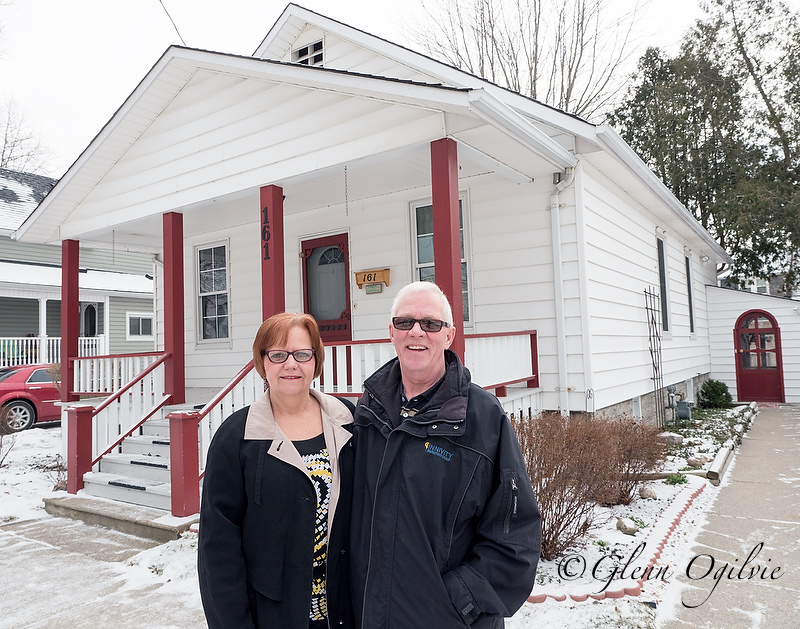Special to The Journal
The walls of your house can’t talk — but what you can discover at the Lambton Country Archives is the next best thing.
Armed with only a legal description, including the lot and plan numbers found on your tax assessment, owners can trace the history of a property all the way back to its first recorded transaction.
Dana Thorne, Lambton’s lead archivist, told a Sarnia Historical Society forum last week that all transactions from the 1850’s onward are recorded in the county’s land abstracts and can be viewed by the public.
They make for some interesting reading.
The land abstract volumes are stored in a vault in a humidity and temperature-controlled environment, and the property transactions are inscribed in elegant, cursive writing on fine paper bound between large cloth covers.
The records are handled with great care, Thorne said, and often contain what historians call “instruments,” such as original deeds and wills, and the dates when mortgages were procured and paid off.
The documents sometimes provide additional details, including the occupation of the buyers and sellers, and where they were coming from and going to.
Land abstracts can also be a tool for people fleshing out details in a family tree.
“You can see the actual signatures,” Thorne said. “This can be exciting for people to see.”

Illiterate buyers would sign with an X, with red wax seals accompanying the signatures or marks.
Aside from the nostalgic appeal of a “happier, more simple” time, there are practical reasons to research a property, Thorne said.
Owners can see when a lot was subdivided. And tax increases can indicate a major addition or renovation, helpful to someone planning to restore a home to its original character.
“When was my house built?” is the number one question people ask, Thorne said.
That can’t be pinpointed exactly, although a jump in the tax assessment can be a good indicator of when a building was constructed.
Fred and Faye Bouchard of 161 Cameron St. in Sarnia were surprised to learn the early history of the property they bought three-and-a-half years ago.
Records show it was originally owned by Malcolm Cameron, who surveyed the land and was one of Sarnia’s founding fathers. It first changed hands in 1858, when on Feb. 21 of that year it was sold to Andrew Carruthers.
“We didn’t know it was that old,” said Fred Bouchard, who added the tidy three-bedroom bungalow on it is “as good a home as we have ever owned.”
Properties can be researched at the Lambton County Archives in Wyoming, 519-845-5426, or at the Land Registry at the courthouse in Sarnia.
For more on the history of Sarnia and Lambton County visit www.sarniahistoricalsociety.com.
Original Post:
http://thesarniajournal.ca/how-to-learn-the-history-of-your-home/







